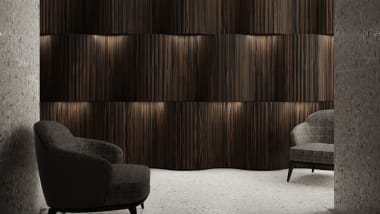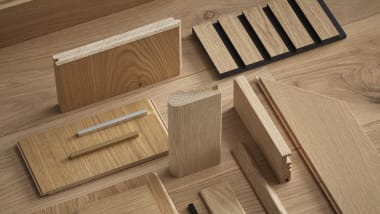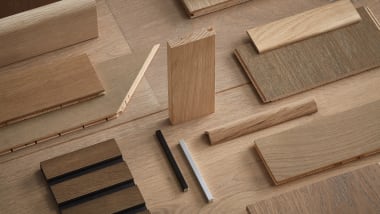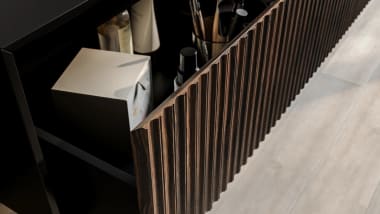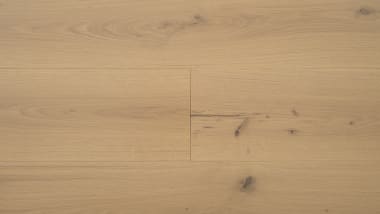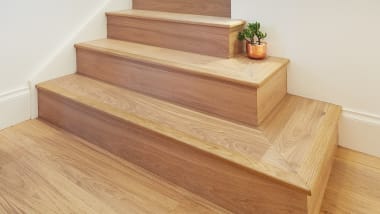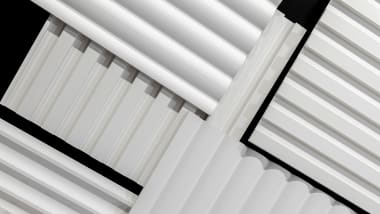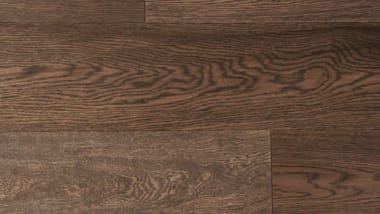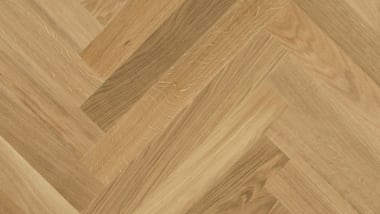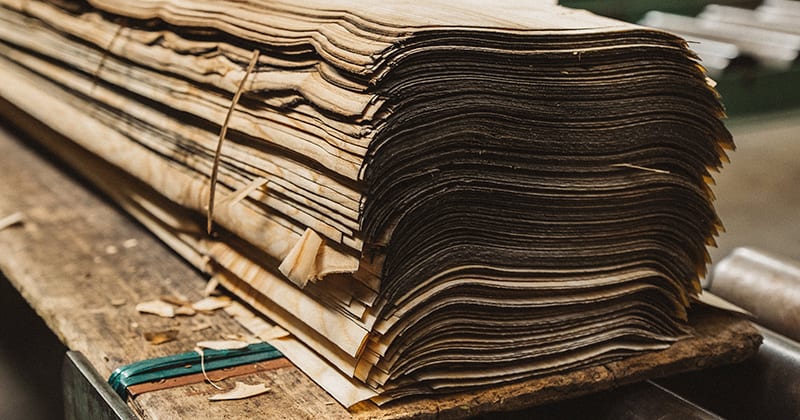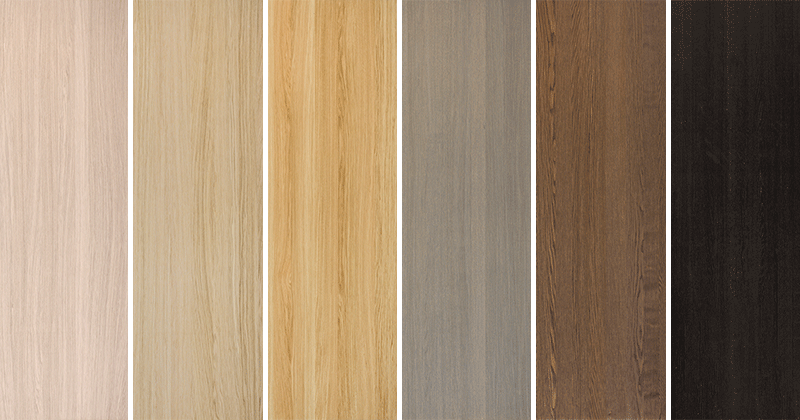Timber Veneer vs Faux Timber Options
13 Apr 2023
Whether you are planning a new kitchen, beautiful statement wardrobes, feature walls or ceilings, or bespoke furniture, timber veneer will likely be a material consideration for your cabinetry or joinery project. Explore our veneer product range.
Here we have put together all the information you need to decide if timber veneer could be just what you are looking for to deliver a stunning interior design full of texture and character.
Genuine timber veneer or a synthetic timber-look laminate?
Are you planning a cabinetry or other type of joinery project? New kitchen cupboards, beautiful statement wardrobes, feature walls or ceilings or perhaps bespoke counters or other furniture? If so, you might be wondering whether you should use a genuine timber veneer or a synthetic timber-look laminate.
They can often look very similar, so what are the advantages and disadvantages to using timber veneer or timber-look laminate?
With this guide, we’ll discuss what timber veneer is, how it is constructed and the positives, and the negatives of real wood veneer versus its synthetic timber-look counterpart, laminate. So, you can get a better idea of what material will work best for you.
What is the difference between real wood veneer and laminate?
To put it simply, wood veneer panels are a square edged leaf of thinly sliced, natural hardwood, bonded to a central core material such as MDF or a backing. The central core material, serves to seal, stabilize and strengthen the genuine timber veneer layers. It's a beautiful way to incorporate the natural beauty and texture of real timber.
There are also faux timber veneer options, or wood look timber such as laminate and melamine which are often made using a layer of paper or plastic designed to imitate the appearance of wood. It is not an actual wood product itself.
Laminate has come a long way and now offers options with a real wood-look aesthetic, in a wide range of colours. However, it cannot deliver the beautiful warmth and textures of genuine wood. Studies have also shown that incorporating genuine timber into your interiors can provide health and well-being benefits that cannot be replicated by imitation products.
Havwoods Par-ky veneers during the manufacturing process
What are different types of wood veneer?
There are many different types of wood veneer available, each with its own unique characteristics. Here are some of the most common types of wood veneer:
- Raw/Natural Wood Veneer – this is a popular option as it is real wood, it provides an identical appearance to any other genuine timber product.
- Fine-Line Veneer – this veneer style is created by forming previously cut veneer into blocks, and then slicing new thin sheets from these creations. Offers variability in patterns, colours, and sizes.
- Rotary Cut Veneer – this may be the cheapest wood veneer available, as it is the most efficient to produce. However, it is not considered an incredibly aesthetically pleasing type.
- Shop-Sawn Veneer – in contrast to the rotary cut, this type of veneer may be the most expensive. This is a high-quality wood veneer often used for inlays and even violins.
What are the common uses for veneered wood?
Wood veneer, in the hands of the right craftsman, can look incredible, and perform perfectly as required for the application it has been used for. Depending on the materials used and the labour involved, you can accomplish beautiful custom finishes on many interior surfaces such as doors, counters or table tops, panels for cabinets or wardrobes, and others parts of furniture with wood veneer panels. It is also a great option for internal wall and ceiling cladding to create statements within a space.
Wood veneer panels are also more flexible when producing unique designs and functions. Solid wood is not very pliable, but veneered wood offers the opportunity for stunningly curved elements and other bespoke looks. Explore our Melbourne showroom which illustrates a beautiful curved feature on the cabinets using Havwoods PurePanel real wood veneers.
Is it completely natural?
Yes. All good quality wood veneer is cut from natural wood. Even reconstituted veneer wood is produced from natural, real wood fibres.
Veneer colours and designs
Just like timber floors, wood veneer allows you to maintain the natural shade of the wood cut you use. Havwoods PurePanel timber veneers are available in a range of pre-finished colours to select from, ready-to-install meaning less on-site mess and time.
Darker wood veneer varieties, like black, grey, dark browns and rich red tones are available for veneers. Lighter whites, blondes and honey tones can also be managed with wood veneer.
It’s easier to select a product that has been pre-finished by the professionals. Ordering a sample to see and feel the beauty of the real timber is a great way to help you select the perfect veneer for your project.
Havwoods PurePanel Real Wood Veneers come in a variety of colours
Wood veneer finishes
Wood veneer finishes are great for providing a different look and/or protection to the material. Due to the construction of the two veneer layers bonded to a strong core material, the expansion or contraction of the timber is much more minimal than that of solid timber.
Wax finishes, lacquer finishes, and water or oil-based finishes are all possible to use with wood veneer. You’ll need to consider the scope of your project and your desired appearance/maintenance level when deciding on a finish to use.
How to maintain your wood veneer
Remember, wood veneer is natural wood, so you’ll want to care for it much like you would with any timber product. For routine care, you can do the following:
Wipe down wood veneer with a damp rag for dust and dirt, then wipe dry.
Keep the surface dry and wipe up spills immediately to prevent liquid damage.
For tougher messes, a specialised wood cleaner or warm soapy water on a soft cloth may be applied. Ensure to wipe all moisture away with a dry cloth immediately.
For more serious concerns, consult a professional.
How to tell the difference between laminate and wood veneer
Wood veneer flooring has some key characteristics to help you spot the difference from laminate or fake timber veneer:
Real timber is unique – Being a natural product, every inch of a genuine timber veneer will be unique in its characteristics of the timber pattern. With laminate, the pattern is repeated. You will likely find boards with the same timber pattern and characteristics and that is a tell-tale sign of a synthetic laminate product.
Laminate is cheaper – Laminate is cheaper than a true-timber veneer as it is mass produced using the same materials. Real wood veneer comes from nature and every single board is unique.
Still confused? Just ask! – Avoid the guesswork and ask an expert about your project and learn which product is suitable for your requirements and application.
Havwoods PurePanel real wood veneers HW31018 Brienne Duo Veneer featured on bedroom walls
Advantages of wood veneer
Luxurious and beautiful. You really can't beat the beauty and class of real timber and you can achieve the look and textures of a genuine solid timber finish, without the cost by using timber veneers.
Durability is another big selling point. Timber comes with its own unique ageing issues, including warping and splitting. Wood veneer will not face these issues if reliably installed and maintained.
Upkeep is another area where wood veneer provides convenience. Being a low shine surface, finger print marks are kept to a minimum. Keeping it dirt and dust free is as simple as wiping it down with a damp cloth and then wiping it dry. Small scratches can also be minimised with repair kits.
Sustainability is a great selling point for wood veneer. Since wood veneer uses thin slices of natural wood, one source of wood can go much further in providing for a project and it isn't made using plastic such as other wood look options. In addition to this, choose wood veneer that carries official certification of sustainability. Havwoods PurePanel is FSC® certified (C009500), sourced from responsibly managed forests and manufactured using eco-friendly practices.
Disadvantages of faux veneer
Doesn't add value to your home. Laminate and melamine timber options aren't as well regarded as the real timber options and therefore often don't add value or a "selling point" to your home or project.
Damage often can't be undone. Chips and scratches on timber look laminate cannot be repaired.
Can look fake as it is a reproduced timber look, not a real timber solution.
Havwoods Purepanel real wood veneers HW31016 Artenay Duo Veneer featured on walls
Which is the best option to choose?
There is not an objective right choice between wood veneer and laminate. The best option will depend on the scope, budget and purpose of your project.
If you want to achieve a high-end look with a durable and sturdy product that delivers the natural beauty and warmth of real wood, then choosing genuine timber veneer may be the best choice for you. Wood veneer is also a good alternative for environmentally conscious buyers who want to have less of an impact with their purchases.
If you want to achieve a wood-look at a more affordable price, then wood veneer may be for you. Keep in mind that laminate products can contain harmful VOC (volatile organic compounds) and are usually not able to be recycled at the end of their lifetime.
Make the best decision for your project
Aesthetics may be important, but determining the most practical product for your project and budget will be the greatest factor when choosing between wood veneer and laminate.
To help make your decision easier, browse some options and select a free sample of anything that stands out.
At Havwoods, we provide a wide selection of beautiful timber products that can be used for cabinetry, joinery, walls, ceilings and flooring for any interior. Find our selection of PurePanel veneer and our timber flooring at our showrooms or online. You can also reach out to speak to a Havwoods expert to help determine the right choice for you.



